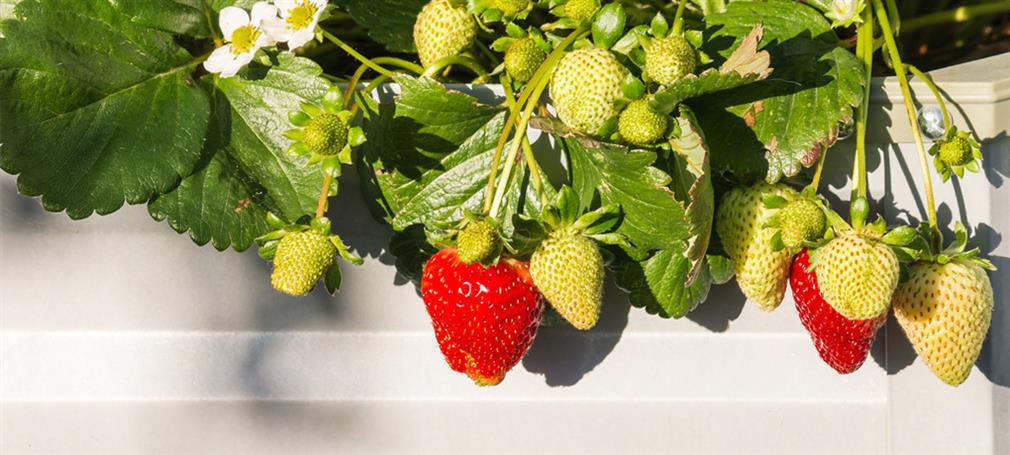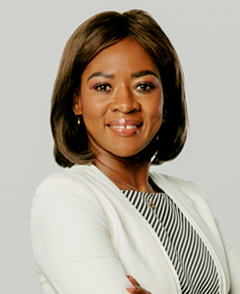Plants for the greenhouse

We like to stress that we know a lot about our products – greenhouses in different sizes and materials, but we are NOT experts when it comes to all the various plants you can grow inside a greenhouse. The sky is the limit when it comes to plants you can have inside a greenhouse.
As the number of different plants in the world amounts to nearly 400.000, we will not tell you which plants to select when you order a greenhouse from us. It depends on so many things – what do you like, do you want to grow your food, have beautiful flowers, are you starting a business where you want to produce seeds to sell from next season or more? We recommend that you plan by reading books, visiting the internet, talk to others who have had the pleasure of a greenhouse, and talk to the staff at your local plant centre. And make room to experiment a little – select some plants and see how they turn out. One of the pleasures of having a greenhouse is that you get a little wiser season by season as you will discover something new all the time. The weather will also play a role, so have a go – it will be fun.
When you select the plants for the greenhouse, you also need to consider where you will place the plants – directly in the soil inside the greenhouse, in raised garden beds, or inside a planter box with a self-watering capillary box. You can select hardy plants that can grow almost anywhere or more delicate plants in need of a well-protected environment. No matter which kind of plants you choose, we offer a wide range of greenhouse accessories to help you nurse the plants to the best possible result.
A few ideas to get you started
Herbs
A few herbs that may be too sensitive to be outside in the garden – always great to have edible plants at hand. Basil, cilantro, oregano, parsley, thyme, and mint. Simply in small pots for easy handling.
Vegetables
Vegetables are some of the plants that make the most sense to most greenhouse owners as they are relatively easy to grow and will produce lots of produce under the right conditions. May we suggest tomatoes, lettuce, peppers, broccoli, carrots, cucumbers, cabbage, peas, chillies, and more. Again, here you can have so many different kinds of various vegetables – tomatoes come in many different shapes, size and taste like cherry tomatoes, green tomatoes, beefsteak tomatoes, plum tomatoes, and many more. It is a great feeling to serve a delicious and fresh salad just harvested from the greenhouse.
Fruit
Many of the fruit we grow in greenhouses are the fruit that usually grows outside in the garden in Southern Europe and other places with a warm climate. You can have lemons, grapes, oranges, peaches, figs, and different kinds of berries. Eat the berries fresh or use them for jam and marmalades. Many things can be frozen or preserved so you can enjoy the produce all year round.
Flowers
If you are a garden owner, you may already know that you can have different kinds of flowers – some which will only last the summer and some that last for much longer – the annuals, perennials and the biennials. Some can start inside the greenhouse in the early spring and move outside later, and some will only thrive inside the greenhouse. Here you can see the three types and the pros et cons of the different kinds of flowers:
Annuals
Some plants grow, bloom and die within a single year – it is flowers like gerberas, marigolds and impatiens, among many others. That means that you, in general, will have to replace the plants next year. These plants are easy and do not require much nursing. A great advantage is that annuals blossom all season long, much longer than perennials and biennials. Some annuals are self-seeding, which means they could potentially drop seeds that will flower the following year – sometimes by themselves, sometimes you need to collect the seeds and plant them the next season.
Perennials
Perennials like alstroemeria and peonies will generally last three seasons or more, making them a longer commitment than annuals. However, perennials are perfect if you want to create a garden where you do not plan each new garden season anew. On the downside, perennials have a shorter flowering season than annuals. However, your plant's exact period of flowering or being in bloom depends a little on the specific plant and how well you maintain your garden and the overall climate. You will generally plant perennials in the late summer or fall when you can put bulbs or seeds in the ground or pots and containers. Are you starting with young seedlings? Then it would help if you began in the spring.
Biennials
Two well-known and common biennials are poppies and foxglove. These plants will typically last two years before dying, and usually, you will see more blossoms during the second year. Like the self-seeding annuals, biennials are also known for dropping seeds, which bloom two seasons later. So, if you want your biennials to flower every year, you should plant them two years in a row – that way, you can enjoy the flowers each year. Here are some of the most popular and common biennials – petunias, geraniums, impatiens, salvia, roses, and violets.
Exotic plants
As mentioned, there are more than 400.000 different plants, so you can easily find plants that are not so common – either at your local plant market or on the internet. Your greenhouse will look beautiful and exotic if you also have some of these plants – cacti, succulents, and bamboo.
- Talk with an Expert 0818 000 192
- Chat with an Expert
- Get a call from an Expert
- Buy now
- Talk with an Expert 0818 000 192
- Chat with an Expert
- Get a call from an Expert
- Buy now




























